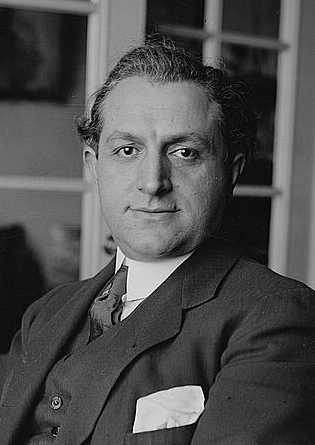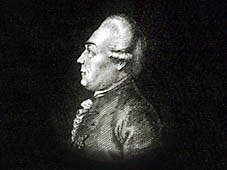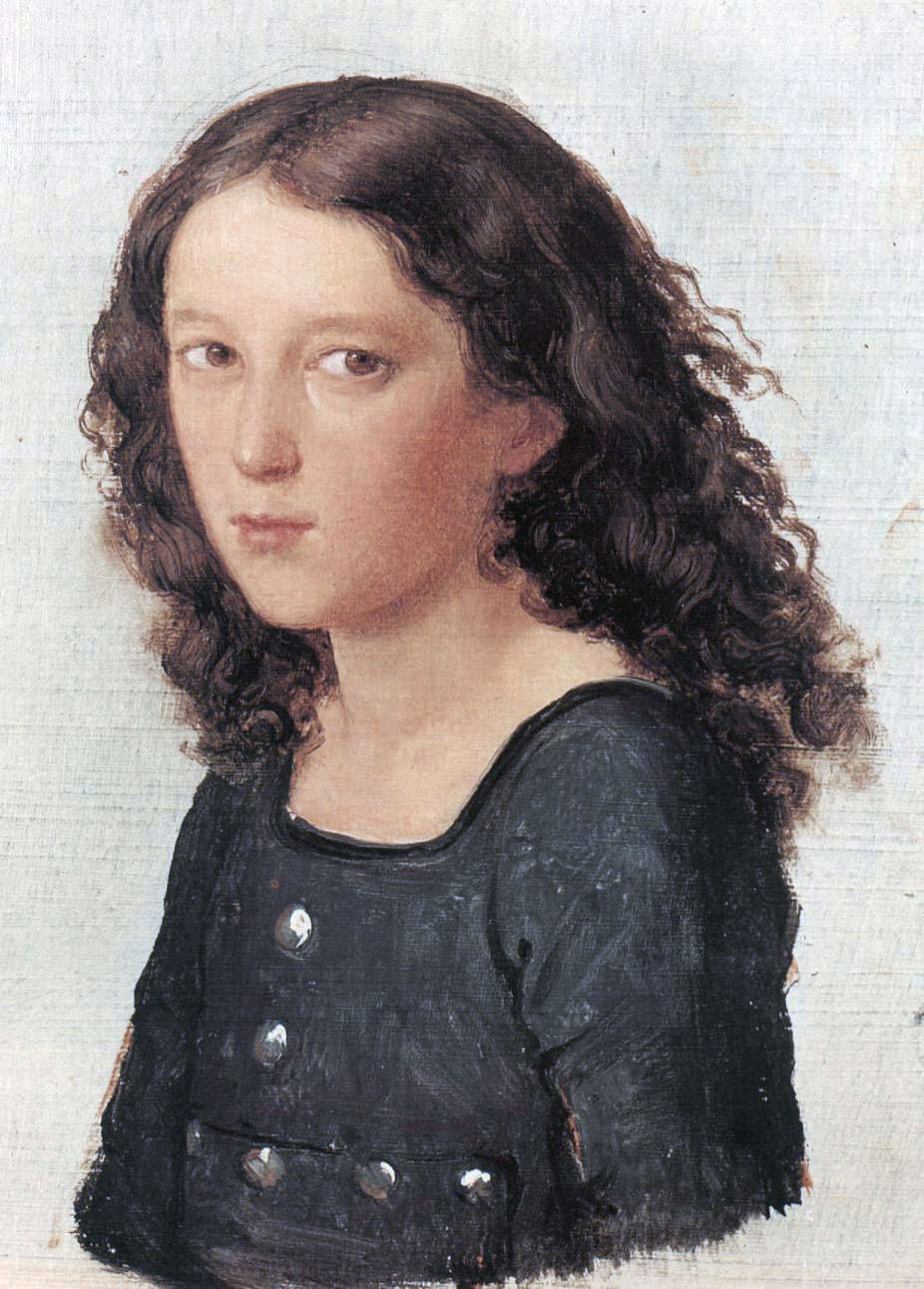|
Peter Dawson (bass-baritone)
Peter Smith Dawson (31 January 188227 September 1961) was an Australian bass-baritone and songwriter in the 1920s and 1930s, when he was possibly the most popular singer of that era. He said that at the time the Phonograph, gramophone was "an instrument of torture", excruciating for the recording artist, who needed "lungs of leather" to make an impression on the wax cylinders, which captured nothing but the very loudest noises. However, Dawson made his first recording in 1904, and continued to release songs for EMI and His Master's Voice (British record label), His Master's Voice (HMV) until 1958. In this time he performed classical tunes such as Pyotr Ilyich Tchaikovsky , Tchaikovsky's "Don Juan Serenade" and popular songs like "Waltzing Matilda". He was the subject of a biography, ''Peter Dawson: The World's Most Popular Baritone'' written by Peter Burgis and Russell Smith. That biography estimates Dawson had in excess of 1500 recordings issued during his career. In 1984, ... [...More Info...] [...Related Items...] OR: [Wikipedia] [Google] [Baidu] |
Adelaide
Adelaide ( , ; ) is the list of Australian capital cities, capital and most populous city of South Australia, as well as the list of cities in Australia by population, fifth-most populous city in Australia. The name "Adelaide" may refer to either Greater Adelaide (including the Adelaide Hills) or the Adelaide city centre; the demonym ''Adelaidean'' is used to denote the city and the residents of Adelaide. The Native title in Australia#Traditional owner, traditional owners of the Adelaide region are the Kaurna, with the name referring to the area of the city centre and surrounding Adelaide Park Lands, Park Lands, in the Kaurna language. Adelaide is situated on the Adelaide Plains north of the Fleurieu Peninsula, between the Gulf St Vincent in the west and the Mount Lofty Ranges in the east. Its metropolitan area extends from the coast to the Adelaide Hills, foothills of the Mount Lofty Ranges, and stretches from Gawler in the north to Sellicks Beach in the south. Named in ho ... [...More Info...] [...Related Items...] OR: [Wikipedia] [Google] [Baidu] |
The Register (Adelaide)
''The Register'', originally the ''South Australian Gazette and Colonial Register'', and later ''South Australian Register,'' was South Australia's first newspaper. It was first published in London in June 1836, moved to Adelaide in 1837, and folded into '' The Advertiser'' almost a century later in February 1931. The newspaper was the sole primary source for almost all information about the settlement and early history of South Australia. It documented shipping schedules, legal history and court records at a time when official records were not kept. According to the National Library of Australia, its pages contain "one hundred years of births, deaths, marriages, crime, building history, the establishment of towns and businesses, political and social comment". All issues are freely available online, via Trove. History ''The Register'' was conceived by Robert Thomas, a law stationer, who had purchased for his family of land in the proposed South Australian province after ... [...More Info...] [...Related Items...] OR: [Wikipedia] [Google] [Baidu] |
Mattia Battistini
Mattia Battistini (27 February 1856 – 7 November 1928) was an Italian operatic baritone, referred to as the "King of Baritones" in multiple publications.Steane, J.B., 1998. Singers of the Century, vol. 2. Amadeus Press, Portland, pp. 48–52. Early life Battistini was born in Rome on 27 February 1856. He spent most of his childhood in the Collebaccaro di Contigliano village, near Rieti, where his parents owned an estate. His grandfather Giovanni and uncle Raffaele were personal physicians to the Pope, and his father, Cavaliere Luigi Battistini, was a professor of anatomy at the University of Rome. Battistini attended the Collegio Bandinelli and later the Istituto dell' Apollinare. Battistini dropped out of law school to study music with Emilio Terziani (who taught composition) and with Venceslao Persichini (professor of singing) at the Accademia Nazionale di Santa Cecilia—then the Liceo Musicale of Rome. Battistini worked with conductor Luigi Mancinelli and th ... [...More Info...] [...Related Items...] OR: [Wikipedia] [Google] [Baidu] |
Pasquale Amato
Pasquale Amato (21 March 1878 – 12 August 1942) was an Italians, Italian operatic baritone. Amato enjoyed an international reputation but attained the peak of his fame in New York City, where he sang with the Metropolitan Opera from 1908 until 1921. Early career Amato was born in Naples and studied locally at the Conservatory of San Pietro a Majella under Beniamino Carelli and Vincenzo Lombardo (who also gave singing lessons to the great Neapolitan tenor Enrico Caruso). In 1900, he made his debut at the Teatro Bellini di Napoli, Teatro Bellini in Naples as Germont père in ''La traviata''. Engagements followed in Genoa and Rome. Over the next few years he sang in Monte Carlo, Germany, parts of eastern Europe and Argentina. In 1904, he appeared at London's Royal Opera House with the Teatro di San Carlo Company; although well-received, he was not invited back. He was engaged by La Scala, Milan, and sang there in 1907 under the baton of Arturo Toscanini. His voice had matured by ... [...More Info...] [...Related Items...] OR: [Wikipedia] [Google] [Baidu] |
Titta Ruffo
Titta Ruffo (9 June 1877 – 5 July 1953), born as Ruffo Cafiero (double forename) Titta, was an Italian operatic baritone who had a major international singing career. Known as the "Voce del leone" ("voice of the lion"), he was greatly admired, even by rival baritones, such as Giuseppe De Luca, who said of Ruffo: "His was not a voice, it was a miracle" (although not often published is the second part of De Luca's conclusion "which he [Ruffo] bawled away..."), and Victor Maurel, the creator of Giuseppe Verdi, Verdi's Iago and Falstaff (opera), Falstaff. Maurel said that the notes of Ruffo's upper register were the most glorious baritone sounds he had ever heard (see Pleasants, cited below). Indeed Walter Legge, the prominent classical record producer, went so far as to call Ruffo "a genius". Biography Born Ruffo Titta in Pisa (he reversed his forename and surname for the stage), Ruffo was the son of a foreman at an ironworks, who named him after a favourite dog, Ruffo. His m ... [...More Info...] [...Related Items...] OR: [Wikipedia] [Google] [Baidu] |
Royal Opera House
The Royal Opera House (ROH) is a theatre in Covent Garden, central London. The building is often referred to as simply Covent Garden, after a previous use of the site. The ROH is the main home of The Royal Opera, The Royal Ballet, and the Orchestra of the Royal Opera House (now known collectively as the Royal Ballet and Opera). The first theatre on the site, the Theatre Royal (1732), served primarily as a playhouse for the first hundred years of its history. In 1734, the first ballet was presented. A year later, the first season of operas, by George Frideric Handel, began. Many of his operas and oratorios were specifically written for Covent Garden and had their premieres there. The current building is the third theatre on the site, following disastrous fires in 1808 and 1856 to previous buildings. The façade, foyer, and auditorium date from 1858, but almost every other element of the present complex dates from an extensive reconstruction in the 1990s. The main auditorium ... [...More Info...] [...Related Items...] OR: [Wikipedia] [Google] [Baidu] |
Emma Albani
Dame Emma Albani, DBE (born Marie-Louise-Emma-Cécile Lajeunesse; 1 November 18473 April 1930) was a Canadian-British operatic coloratura soprano, later spinto soprano and dramatic soprano of the 19th and early 20th century, the first Canadian singer to become an international star. Her repertoire focused on the operas of Mozart, Rossini, Donizetti, Bellini and Wagner. She performed across Europe and North America. Early life Albani was born Marie-Louise-Emma-Cécile Lajeunesse in Chambly, Quebec, to the professional musician Joseph Lajeunesse and his wife, Mélina Mignault. Her parents were French-Canadians. Her date of birth is usually given as 1 November 1847, but other authors have placed her birth in 1848 or 1850, '' The Biographical Dictionary of America'' puts her birth on 18 September 1851, ''Who's Who in America'' says 1 November 1851, [...More Info...] [...Related Items...] OR: [Wikipedia] [Google] [Baidu] |
Soprano
A soprano () is a type of classical singing voice and has the highest vocal range of all voice types. The soprano's vocal range (using scientific pitch notation) is from approximately middle C (C4) = 261 Hertz, Hz to A5 in Choir, choral music, or to soprano C (C6) or higher in operatic music. In four-part chorale style harmony, the soprano takes the highest part, which often encompasses the melody. The soprano voice type is generally divided into the coloratura soprano, coloratura, soubrette, lyric soprano, lyric, spinto soprano, spinto, and dramatic soprano, dramatic soprano. Etymology The word "soprano" comes from the Italian word ''wikt:sopra, sopra'' (above, over, on top of),"Soprano" ''Encyclopædia Britannica'' as the soprano is the highest pitch human voice, often given to the leading female roles in operas. "Soprano" refers ... [...More Info...] [...Related Items...] OR: [Wikipedia] [Google] [Baidu] |
The Creation (Haydn)
''The Creation'' () is an oratorio written in 1797 and 1798 by Joseph Haydn (Hoboken catalogue, Hob. XXI:2), and considered by many to be one of his masterpieces. The oratorio depicts and celebrates the creation of the world as Genesis creation narrative, narrated in the Book of Genesis. The libretto was written by Gottfried van Swieten. The work is structured in three parts and scored for soprano, tenor and Bass (voice type), bass soloists, chorus and a symphonic orchestra. In parts I and II, depicting the creation, the soloists represent the archangels Raphael (archangel), Raphael (bass), Uriel (tenor) and Gabriel (soprano). In part III, the bass and soprano represent Adam and Eve. The first public performance was held in Vienna at the old Burgtheater on 19 March 1799. The oratorio was published with the text in German and English in 1800. Inspiration Haydn was inspired to write a large oratorio during his visits to England in 1791–1792 and 1794–1795 when, alongside his ... [...More Info...] [...Related Items...] OR: [Wikipedia] [Google] [Baidu] |
Joseph Haydn
Franz Joseph Haydn ( ; ; 31 March 173231 May 1809) was an Austrian composer of the Classical period (music), Classical period. He was instrumental in the development of chamber music such as the string quartet and piano trio. His contributions to musical form have led him to be called "Father of the Symphony" and "Father of the String quartet". Haydn arose from humble origins, the child of working people in a rural village. He established his career first by serving as a chorister at St. Stephen's Cathedral, Vienna, then through an arduous period as a freelance musician. Eventually he found career success, spending much of his working life as Kapellmeister, music director for the wealthy Esterházy family at their palace of Eszterháza in rural Hungary. Though he had his own orchestra there, it isolated him from other composers and trends in music so that he was, as he put it, "forced to become original". During this period his music circulated widely in publication, eventuall ... [...More Info...] [...Related Items...] OR: [Wikipedia] [Google] [Baidu] |
Elijah (oratorio)
''Elijah'' (), Opus number, Op. 70, Mendelssohn-Werkverzeichnis, MWV A 25, is an oratorio by Felix Mendelssohn depicting events in the life of the Prophet Elijah as told in the books 1 Kings and 2 Kings of the Old Testament. It premiered on 26 August 1846. Music and its style This piece was composed in the spirit of Mendelssohn's Baroque music, Baroque predecessors Johann Sebastian Bach, Bach and George Frideric Handel, Handel, whose music he greatly admired. In 1829 Mendelssohn had organized the first performance of Bach's ''St Matthew Passion'' since the composer's death and was instrumental in bringing this and other Bach works to widespread popularity. By contrast, Handel's oratorios never went out of fashion in England. Mendelssohn prepared a scholarly edition of some of Handel's oratorios for publication in London. ''Elijah'' is modelled on the oratorios of these two Baroque masters; however, in its lyricism and use of orchestral and choral colour the style clearly reflects ... [...More Info...] [...Related Items...] OR: [Wikipedia] [Google] [Baidu] |
Felix Mendelssohn
Jakob Ludwig Felix Mendelssohn Bartholdy (3 February 18094 November 1847), widely known as Felix Mendelssohn, was a German composer, pianist, organist and conductor of the early Romantic music, Romantic period. Mendelssohn's compositions include symphony, symphonies, concertos, piano music, organ music and chamber music. His best-known works include the Overture#Concert overture, overture and incidental music for ''A Midsummer Night's Dream (Mendelssohn), A Midsummer Night's Dream'' (which includes his "Wedding March (Mendelssohn), Wedding March"), the ''Symphony No. 4 (Mendelssohn), Italian'' and ''Symphony No. 3 (Mendelssohn), Scottish'' Symphonies, the oratorios ''St. Paul (oratorio), St. Paul'' and ''Elijah (oratorio), Elijah'', the ''The Hebrides (overture), Hebrides'' Overture, the mature Violin Concerto (Mendelssohn), Violin Concerto, the Octet (Mendelssohn), String Octet, and the melody used in the Christmas carol "Hark! The Herald Angels Sing". Mendelssohn's ''Songs W ... [...More Info...] [...Related Items...] OR: [Wikipedia] [Google] [Baidu] |








